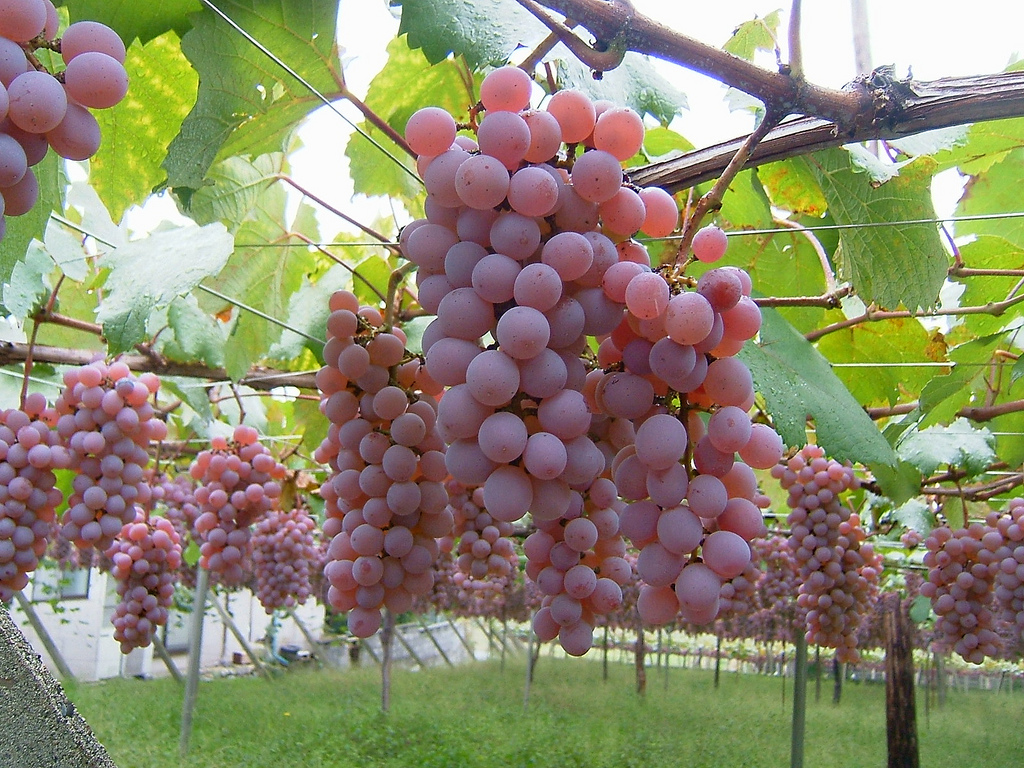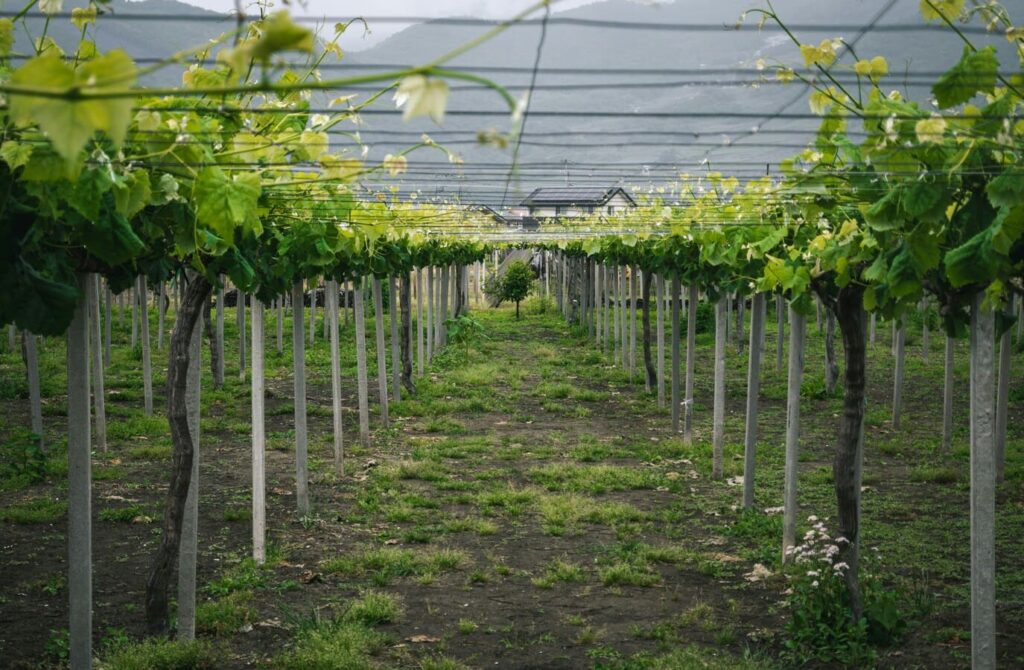Japan's vineyards are surprising for their recent history and unique technical choices. Located in an environment marked by humidity and contrasting seasons, it has been able to adapt. Producers use both local and imported varieties to produce wines with a strong identity.
If you're interested in wine-related articles, download our app for IOS or Android. It will give you access to our wine lexicon, our articles and our innovative solution, designed for all wine consumers and collectors.
A demanding climate for vines
Asian viticulture in Japan has to cope with hot, humid summers. Typhoons and frequent rainfall complicate disease management. Cold winters sometimes require protection of the vines. This context calls for adapted cultivation methods and great vigilance.
The recent boom in Japan's vineyards
Japanese vineyards have developed rapidly since the late 19th century. Wine-making techniques imported from Europe led to the first quality vintages. Today, regions such as Yamanashi and Hokkaido produce renowned wines. Research into Japanese grape varieties and cultivation methods continues to progress.
The Japanese grape variety Koshu: symbol of the country

Koshu is Japan's most emblematic grape variety. This pink-skinned grape produces delicate, fresh white wines. Thanks to its natural resistance, it adapts well to humid climates. Japanese vineyards promote this variety as a strong identity marker.
Japanese grape variety Muscat Bailey A: a fruity red
Muscat Bailey A is another important Japanese grape variety. It produces supple reds with aromas of red fruits and sweet spices. This hybrid variety is the result of a cross between an American grape and a vinifera. Its cultivation illustrates the adaptation of Asian viticulture to local conditions.
The introduction of international grape varieties
Japan's vineyards also grow Chardonnay, Merlot and Pinot Noir. These varieties require careful attention to avoid humidity-related diseases. Winemakers often choose early clones to escape the autumn rains. The integration of these grapes enriches the diversity of Asian viticulture.
Growing techniques specific to the Japanese climate
Canopy management is essential in Japanese vineyards. Winegrowers trellis high to improve air circulation and limit humidity. The bunches are sometimes protected by small paper bags. This practice reduces the impact of rain and insects.
Japan's key wine regions

Yamanashi remains the benchmark for the Japanese grape variety Koshu. The cooler Hokkaido region is ideal for international grape varieties such as Pinot Noir. Nagano stands out for its well-balanced Merlot. Each vineyard zone in Japan adapts its viticulture to the local terrain and climate.
The influence of gastronomy on wine style
Asian viticulture in Japan seeks harmony with local cuisine. Light, aromatic wines go well with delicate dishes such as sushi. Supple reds go well with richer dishes, such as grilled duck. This approach guides our winemaking choices.
Development prospects for Japan's vineyards
Domestic demand for Japanese wine is growing. Exports to Asia and Europe are also growing. Producers are focusing on enhancing the value of the Japanese grape variety and on environmentally-friendly practices. As a result, Asian Japanese viticulture could gain a more prominent place on the world stage.
If you enjoyed this article, please read the following article "Patagonian wines: extreme freshness and great potential"which may also be of interest to you!





